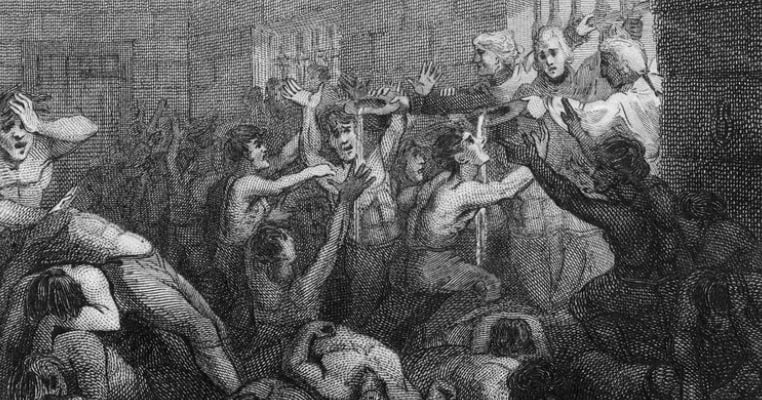
11. Marshalsea in London became famous as a setting in the novel Little Dorrit, by Charles Dickens
The prison in which Charles Dickens set much of his novel Little Dorrit was the second prison established at Marshalsea, in Southwark, just south of the Thames River in what is today’s London. The first had housed both criminals and debtors, the second, described in detail by Dickens, was primarily used to hold debtors and their families. Dickens knew well whereof he wrote; his father had been imprisoned there for debt when Charles was but twelve years of age, forcing the boy to work to help his family survive. The British debtor prison system was operated for profit, with those jailed because they owed money forced to pay for food, lodgings, and other amenities. It was possible to be incarcerated for indebtedness for as little as five pounds at the time Dickens’ father (and mother and sisters) were lodged in Marshalsea.
Although the imprisoned were there because they had no money, or at least not enough to settle their debts to the satisfaction of their creditors, the prison operated a bar, called a snuggery, where beer could be purchased by the prisoners. Inmates were provided with beds, but if they desired additional furniture they had to purchase it on their own. Marshalsea also had a separate section for prisoners sent there from the Royal Navy for various infractions, including what the navy referred to as “unnatural crimes”, a reference to homosexual behavior. Officially they were kept away from the debtors, unofficially they mingled with the other prisoners at will, with the jail keepers willing to look the other way. Scholars of Charles Dickens’ life and work report that the descriptions of Marshalsea in Little Dorrit are accurate, and if anything a softening of actual conditions in the prison, as a means of not offending the Victorian sensibilities of his audience.

